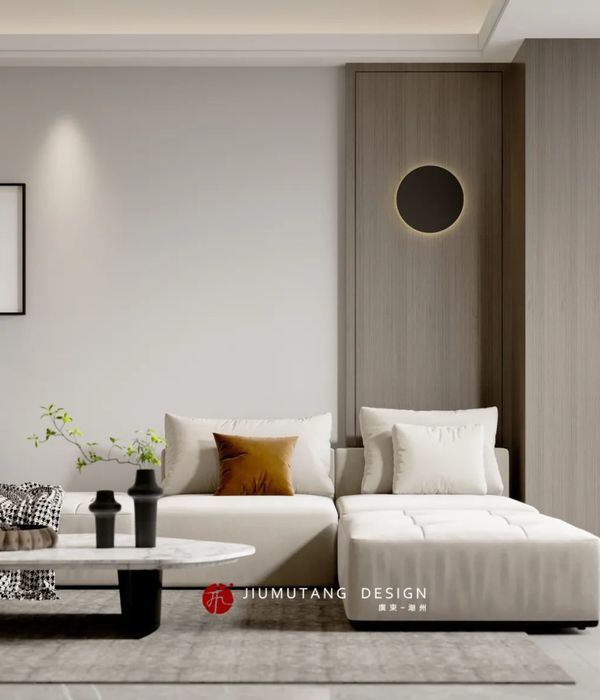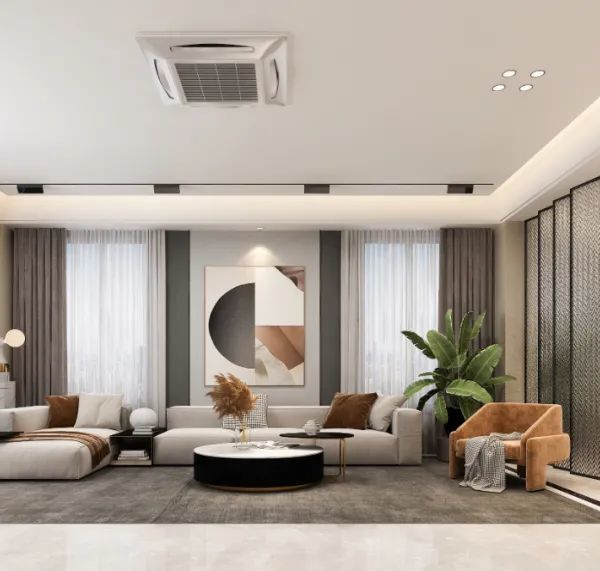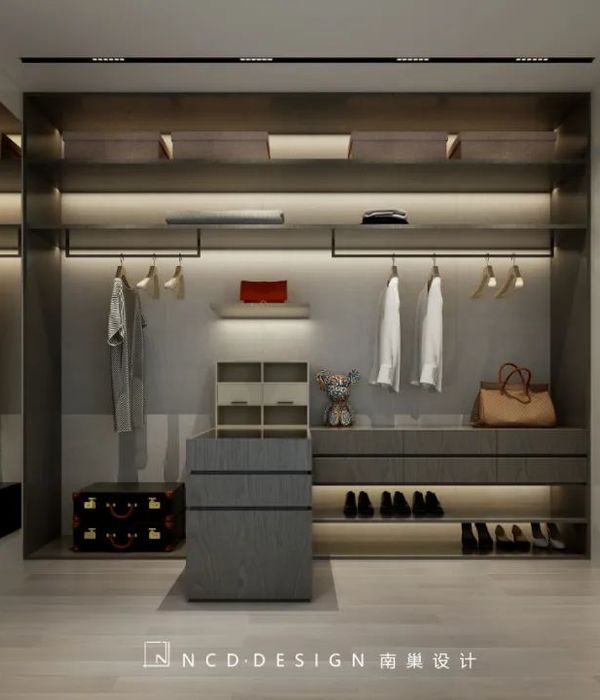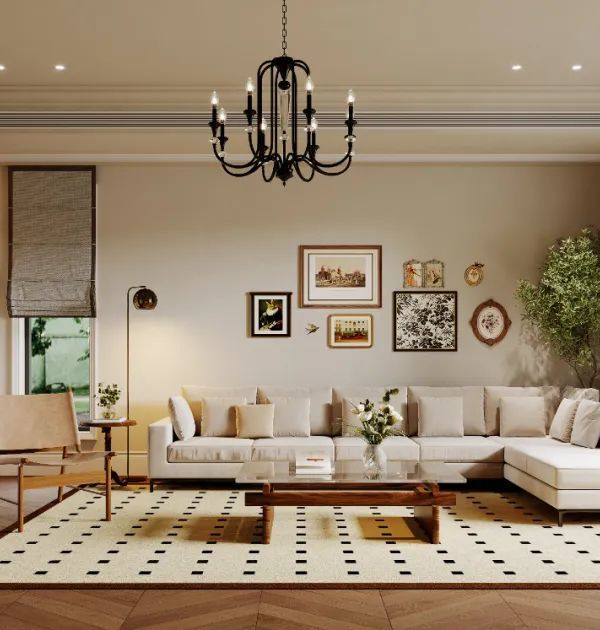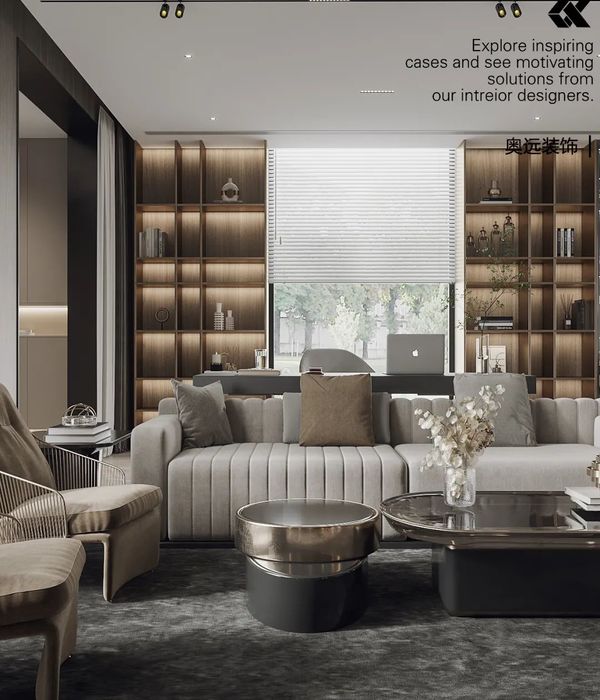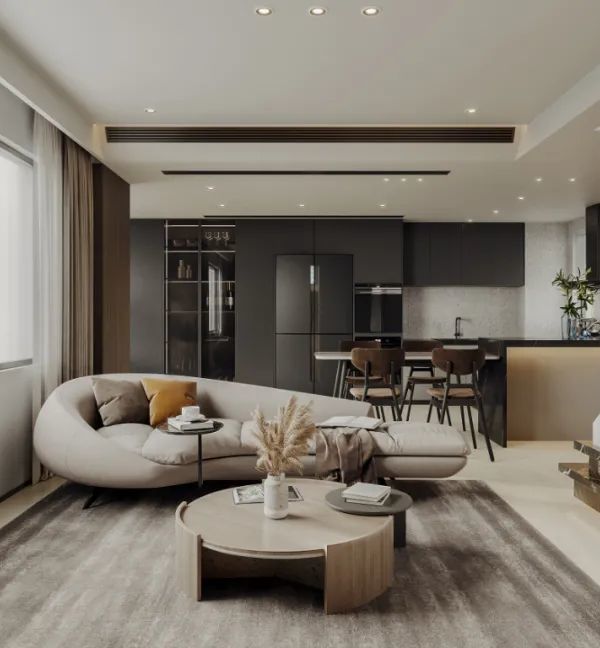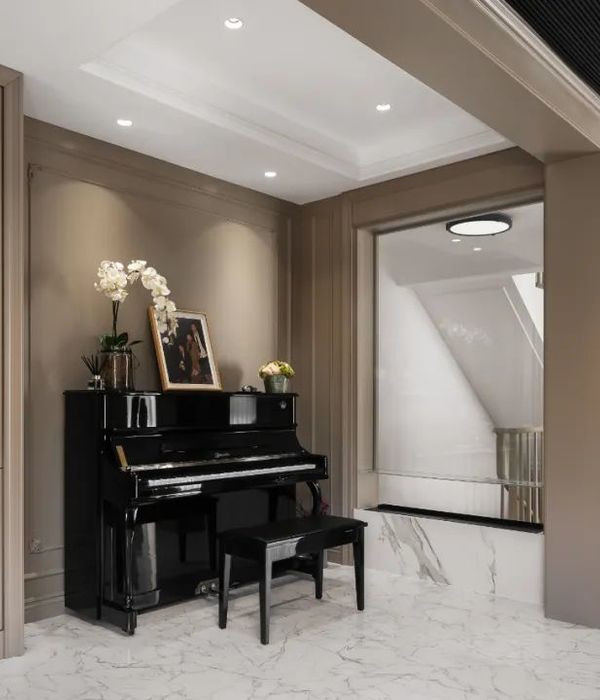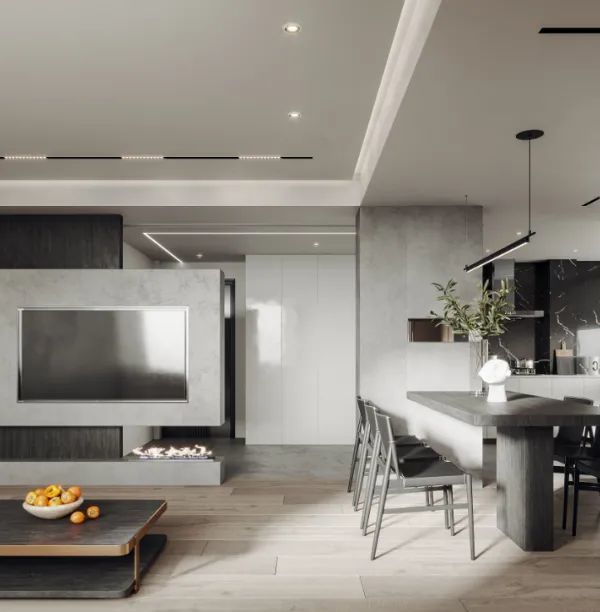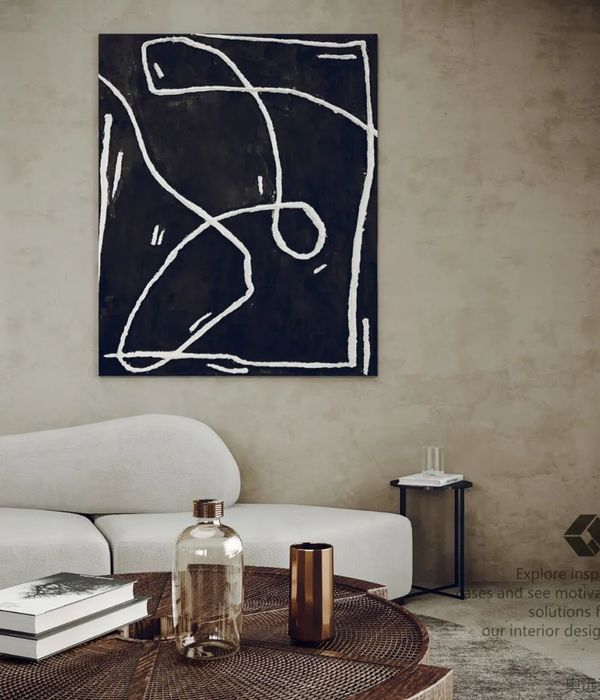Inspired by the hidden spaces of her grandmother’s apartment in Vancouver, New York-based architect Andrea Leung has renovated a 1,600-sf historic Tribeca loft. By extracting an oddly-proportioned second level and inserting a series of high-ceilinged, nested rooms along one side of the space, Leung has created an airy loft complete with an architecturally-scaled cabinet of curiosities. The renovation was completed during the pandemic, and Leung lived in the space throughout.
“Secret spaces fascinate me. My grandmother’s penthouse pied-à-terre was full of them. Push on the correct mirror, and it opened into a hidden tatami room. Lean on the right bookcase, and a dimly lit hallway led you to her own personal oasis of calm,” Leung says of the project’s muse.
Since she moved to New York in 2013, Leung had envisioned transforming a city apartment into a secluded refuge inspired by the essence of her grandmother’s space, but also updated to her own tastes. On a quiet corner in Tribeca, she found the ideal site: a sun-drenched loft with soaring antique verdigris tin ceilings held up by three cast-iron Corinthian columns. Located in a historic building dating to 1864, the apartment is accessed via a flight of lopsided stairs and a passage lined with oversized industrial rolling doors.
“One look at the raw space, and I knew exactly the sort of refuge I wanted to create,” Leung says. “One that unfolds and reveals itself slowly, that wows you initially with its grandeur and then capitalizes on your curiosity.”
Leung began the project with several incisive changes. First and most drastically, she removed a cramped mezzanine that had been suspended over one side of the apartment, as well as the kitchen shoehorned below. She then reorganized the home’s private rooms along the east wall. A bedroom, dressing room, kitchen, and two baths are all hidden behind a long, continuous wall that stretches across the width of the space and shifts almost imperceptibly from a mirrored face across most of the surface, to a glass face in select areas. The concealed doors of the bedroom, primary bath, and kitchen open onto the loft’s large, bright living and dining area, which is lined with seven tall windows on two sides.
The interplay of this “wall of mirrors” and the procession of windows, many of which are reflected therein, was essential to Leung’s design: “The wall of mirrored doors allows the main living space to transcend its physical limitations and appear to double in size, while the generous windows with their original wavy glass are also reflected, bathing the walls with soft refracted light,” she explains. Looking into the bedroom, the reflection of the windows outside and the view of the windows inside collapse on each other, creating a momentary—and whimsically mind-bending—inversion of interior and exterior.
Reflective surfaces and hidden spaces feature across the entire home, adding an ethereal dimensionality throughout. A walnut-lined dressing room nestled behind the bedroom creates a meditative alcove with warm lighting and infinity mirrors. From the living room, a mirrored triple-bifold door opens to reveal the primary bathroom, where a monobloc oval tub is encased in walls of softly-veined stone. Another mirrored set of doors opens into a kitchen where matte figurative marble and patinated brass millwork play off of the loft’s new wide-plank oak floors. Behind a sliding partition off the entryway, a second bathroom is enveloped in veined marble with accents of bright metallics.
In the main living/dining area, Leung designed several custom pieces whose burnished, glowing surfaces bend light across the space. In the dining room, these include a brass and walnut credenza, dining table, and console set, whose irregularly shaped tops, legs, and doors play with concepts of balance and support. In the living room, a custom brass coffee table by Leung while at Steven Harris Architects for Barneys New York and the Arch Bench by Pietro Franceschini lend organic curves that complement the architecture’s rectilinearity.
“As an architect, I thrive on the satisfaction that comes from arriving at elegantly simple design solutions,” says Leung. “But more importantly, it’s the promise of emotions created by beautiful spaces that drives my architecture. I am always interested in how ostensibly static configurations of materials can evoke poetic tensions that speak to our thoughts and memories, that touch upon aspects of our subconscious and prompt reactions we may not necessarily be able to fully articulate.”
Architect: Andrea Leung
Location: TriBeCa, NYC
Project Scope: Residential Renovation
Size: 1600 square feet
Year Completed: 2021
Photographer: Sarah Elliott, Scott Frances
{{item.text_origin}}



